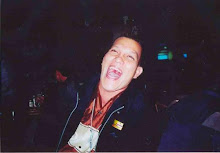Competitive ballroom dancing, as distinct from the leisure activity, has recently been renamed throughout the world as "dancesport" (the sport of competition dancing).
Dancesport has a highly organized international competition structure and is conducted at the highest competitive level.
Dancesport will be included in the 2000 Olympics as a demonstration event.
Dancesport is categorized in a complex way.
| ||||||||||||||
Competitions are divided into amateur and professional categories. Amateur dancers are divided up as Juvenile (under 13 years), Junior (13 and under 16), Adult (16 year and over) and Senior (over 35). Eligibility is determined generally by the age of the older partner, and it is not uncommon to have further special age divisions such as under 11, for the tiny tots, and youth categories of 16 to 19 years.
Within each of these age divisions, there are five recognized levels or grades ranging from A (top grade) to E in each dance style. When an event is termed "open", it is open to all competitors within the age group, irrespective of their grading. Competitors can improve their grades in each style, e.g.: be a C grade in Modern and a B grade in Latin American.
Stamina: dancesport competitors proceed through heats to semi-finals and finals. In each championship section, competitors must perform five two minute dances a round. From an athletic viewpoint, a 1986 study conducted by the University of Freiburg, Germany, demonstrated that the muscle exertion (measured by the production of lactic acid) and breathing-rates of competitors performing one competition dance of about two minutes were equal to those of cyclists, swimmers and an Olympic 800 metre runner over the same period of time.

No comments:
Post a Comment